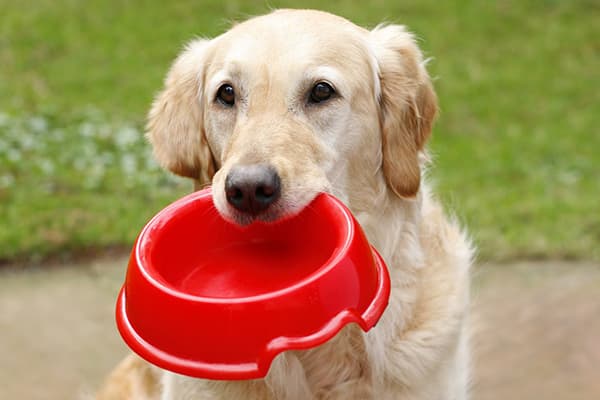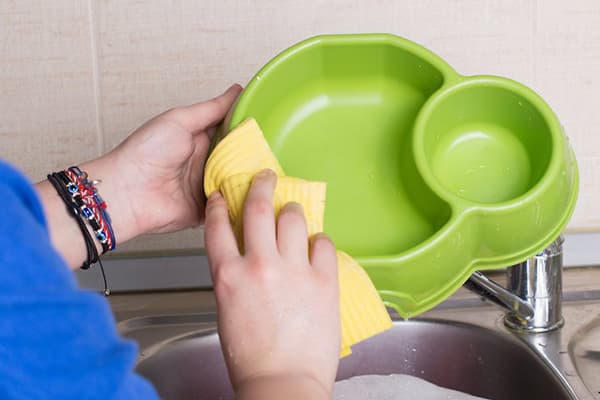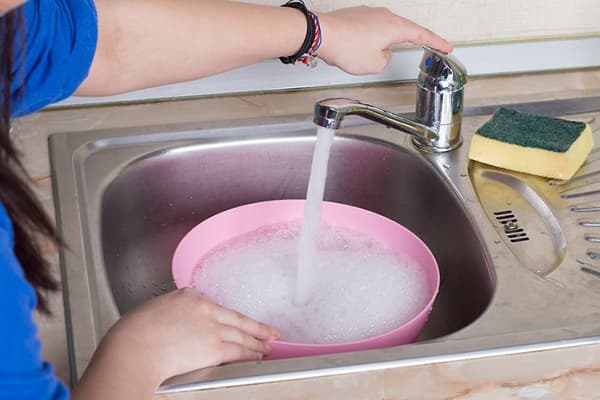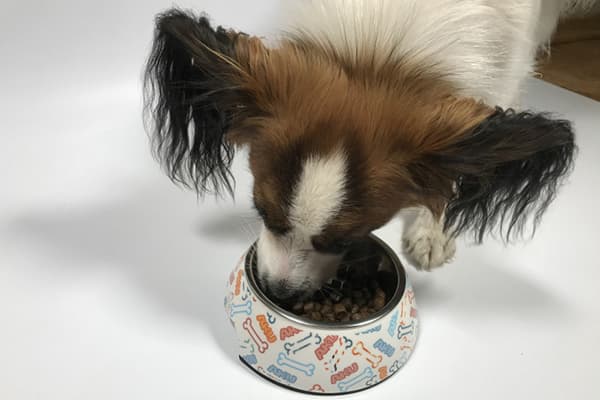Fact - How often should you clean your pet's bowls?
Dishes for cats and dogs are fraught with many dangers. It is very important to clean your pet's bowls properly and regularly, at least 2-3 times a week, and preferably after each meal. The frequency of manipulation depends on the type of feed used. Proper care will protect you and your four-legged friend from illness and refusal to eat.

Rules of care
If you have taken care of an animal, you need to organize proper care for it. A cat or dog should not be allowed to eat from dirty dishes. Food, especially perishable food, harbors microbes and lays fly larvae. In addition, it becomes covered with dust, particles of dirt from the paws, and pet saliva. At best, your pet will refuse to eat from dirty dishes, and at worst, it will become poisoned or contract an infection.
You need to clean your pet's bowls regularly. The frequency of cleaning dishes depends on the food used and some other factors:
- If you use dry food, you need to wash the bowl 2-3 times a week.
- Natural food and canned food are used - after each meal.
- Water container – once a day.
- The bowl stands outside - 2-3 times a day.
- Several dogs or cats feed from a bowl at once - 2-3 times a day.
Even if the food was not eaten during this time, there is no need to regret it. Treating your pet will cost much more. Try to calculate your feed portions correctly. They are individual for each animal.
You need to clean not only the bowls, but also the area around them.For convenience, you can cover the eating area with a rubber mat. It is enough to wipe it 2-3 times a week with a solution of table vinegar diluted in half with water.
How to wash your pet's bowls?
It is recommended to wash dishes for animals separately, in a large basin or in a bathroom sink.
If a kitchen sink is used, it should be sanitized after cleaning the bowls. This can be done using bleach. Add a spoonful of “Whiteness” to a basin with 4 liters of water and rinse the sink.
How to wash bowls for dogs and cats?
- Manually. A sticky biofilm, which is dried saliva, forms on animal dishes. To remove it, as well as dried food particles, it is recommended to pre-soak the bowls for 10-15 minutes in warm water with the addition of detergent. Then they need to be thoroughly rubbed with a hard sponge and rinsed under running water. Cloths and sponges for washing dishes for your pet should be separate.
- Dishwasher safe. As already mentioned, pet bowls need to be washed separately. But it makes sense to load the dishwasher if there are 10 or more plates. Select a program for normally soiled dishes. The machine will wash bowls at a temperature of 60 degrees. This treatment removes all contaminants and kills bacteria.
Bowls with scratches must be promptly replaced with new ones. Pieces of food accumulate in microcracks and pathogens easily multiply.
For pets, it is preferable to use porcelain and metal dishes rather than plastic ones. It is more durable and tolerates frequent washing.
Selecting a detergent
It is preferable to clean animal bowls with natural products, such as baking soda, table salt, vinegar, mustard, and laundry soap. They do not contain toxic substances and are easily washed off the surface of dishes.
Chemical detergents are much more difficult to wash off. Particles can remain in the bowl and, if ingested with food, harm the health of the pet. To prevent this from happening, you should avoid using aggressive detergents (for example, with chlorine).
- To manually clean bowls, use natural cleaners or regular dishwashing detergent.
- When processing in the dishwasher, use standard detergent.
The saliva of cats and dogs - and, accordingly, in the pet's bowl - may contain the bacteria salmonella, E. coli, legionella, and listeria. They can cause dangerous diseases in humans. It is important not only to regularly clean animal dishes, but also to prohibit children from playing with them.
Fresh, high-quality food is the key to the health and longevity of your pet. But it is important that it gets to the animal from clean dishes. Leftover food spoils quickly at room temperature. Bacteria multiply in a dirty bowl, which is dangerous for people as well. In addition, cats and dogs are very sensitive to odors. They often refuse to eat from dishes that smell bad. Remember that cleanliness is not only pleasant for you - everyone loves it!



How often should you clean your pet's bowl?... Stupid question.
How often do you wash your plate? You don't eat dinner from an unwashed plate left over from lunch, do you? You will either wash this plate or take another clean one... So why should your pet eat from a dirty bowl?
So the answer is quite obvious - the pet’s bowl should be washed after every meal. And the drinking water should also be fresh every time. Then all sorts of rubbish like salmonella, listeria, etc. will not grow in the bowls.
Health to your pets.